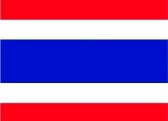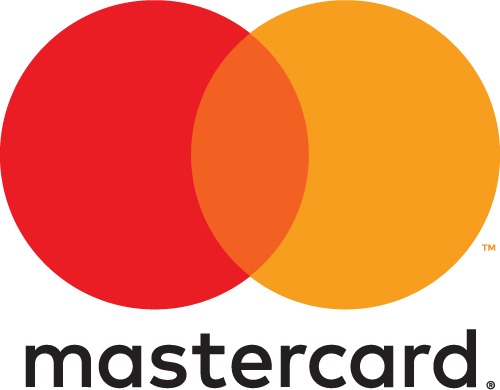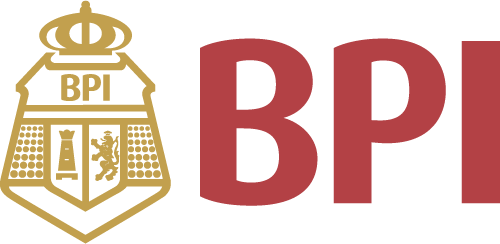All Categories
Human Movement: How the Body Walks, Runs, Jumps, and Kicks (Inquire and Investigate)
Share Tweet
*Price and Stocks may change without prior notice
*Packaging of actual item may differ from photo shown
- Electrical items MAY be 110 volts.
- 7 Day Return Policy
- All products are genuine and original

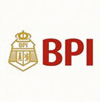





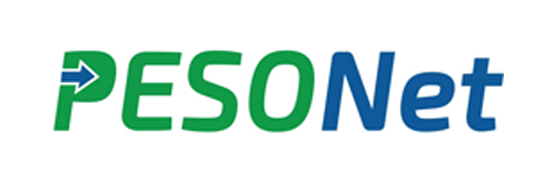
About Human Movement: How The Body
Product Description Why do we walk on two legs? How do our muscles know how to work together when we dance? How does our brain work with our hands to sink a basketball? In Human Movement: How the Body Walks, Runs, Jumps, and Kicks, readers ages 12 to 15 learn the basic anatomy and physiology of the human body and discover how bones, muscles, tendons, organs, and nerves work together to make movement possible. Human Movement takes a look at all of the components of the human body and examines how they allow you to move and interact with the world around you. Readers also learn what they can do to keep their bodies healthy and fit and moving well.Combining hands-on activities, such as building a hand model with working muscles and tendons, with biology, chemistry, biomechanics, and nutrition, Human Movement offers entertaining graphic novel illustrations and relevant sidebars. Links to online primary sources and other important websites deepen readers’ experiences and strengthen practical connections to the material. Review Praise for other books by Carla Mooney:Forensics: Uncover the Science and Technology of Crime Scene InvestigationBooklist . . . Like other titles in the Inquire and Investigate’ series, this book focuses on a high-interest topic in a cutting-edge field to reinforce young people’s understanding of the scientific method . . . an appealing and age-appropriate STEM resource."Genetics: Breaking the Code of Your DNASchool Library Journal"A solid STEM resource recommended for general interest as well as supplemental curricular use."Comparative Religion: Investigate the World Through Religious TraditionBooklist"The abstractions of religion make it a tricky topic for objective and clear middle-level resources, but this dynamic book manages to be both informative and accessible. . ."Praise for other books in the series:Physics: Investigate the Mechanics of NatureNational Science Teachers Association Recommends. . . The investigations will make physics come alive’ for students with the real life applications. The content supports the NGSS Standards. . .This book is a wellwritten resource for classroom teachers, students, and parents.”Civic Unrest: Investigate the Struggle for Social ChangeBooklist". . . a complete and thorough resource dealing with basic civic principles for the middle-level social- studies classroom." School Library Connection This book is a great blend of graphics and information for the young reader. Chapters look at the kinesiology of the human body, as well as a history of movement in regard to exercise and competition, complete with a timeline. It covers various systems of the body, such as the skeleton, muscles, and organs. Information on nutrition is also included. There are labs and activities the reader can participate in as well as QR codes that will take the reader to relevant websites. This book is a great introduction to research with the many resources provided, including primary sources. The blend of graphics and text will appeal to a variety of readers. Recommended Booklist Issue March 15, 2017 The human machine is rife with lessons on physics, chemistry, and engineering far beyond basic anatomy. Almost every aspect of kinesiology is examined in this kid-friendly book, from skeletal foundations of movement to the complex chemistry of metabolism and the psychology of exercise addiction. The interconnectedness of bodily systems is a recurrent theme, and full-color illustrations show young peoples’ bodies in motion in plenty of everyday scenarios. The science is relatively sophisticated, but by utilizing activities that range from simple observation to full-fledged experiments, young readers can see kinesthetic concepts at work and can make in-depth predictions and inquiries. Vocabulary activities in the sidebar invite readers to not just define the words they don’t know, but to apply them to existing knowledge and to investigations at hand. QR codes can be scanned with a sm



